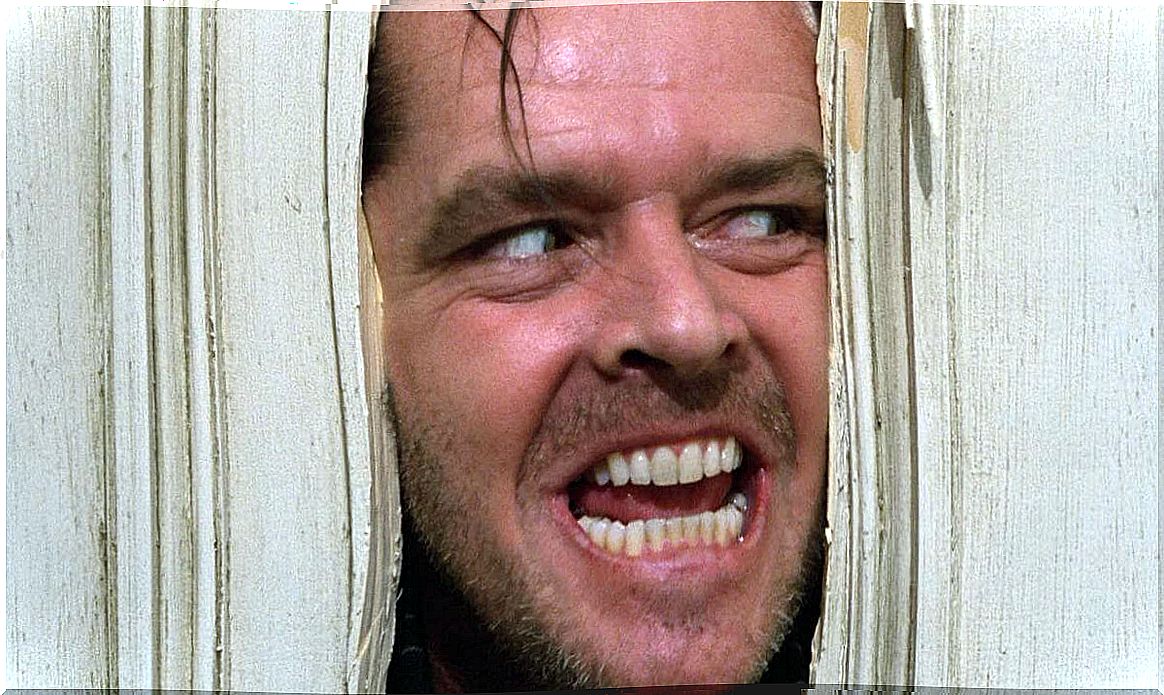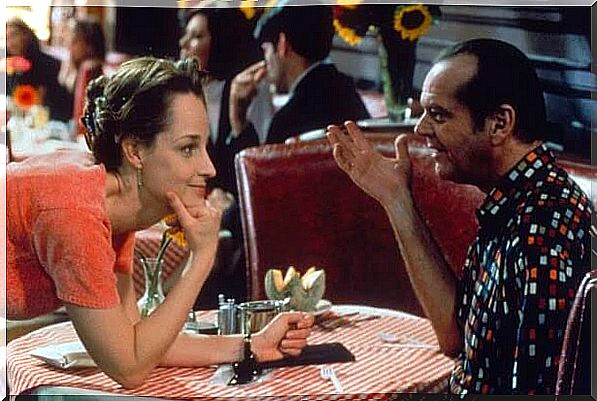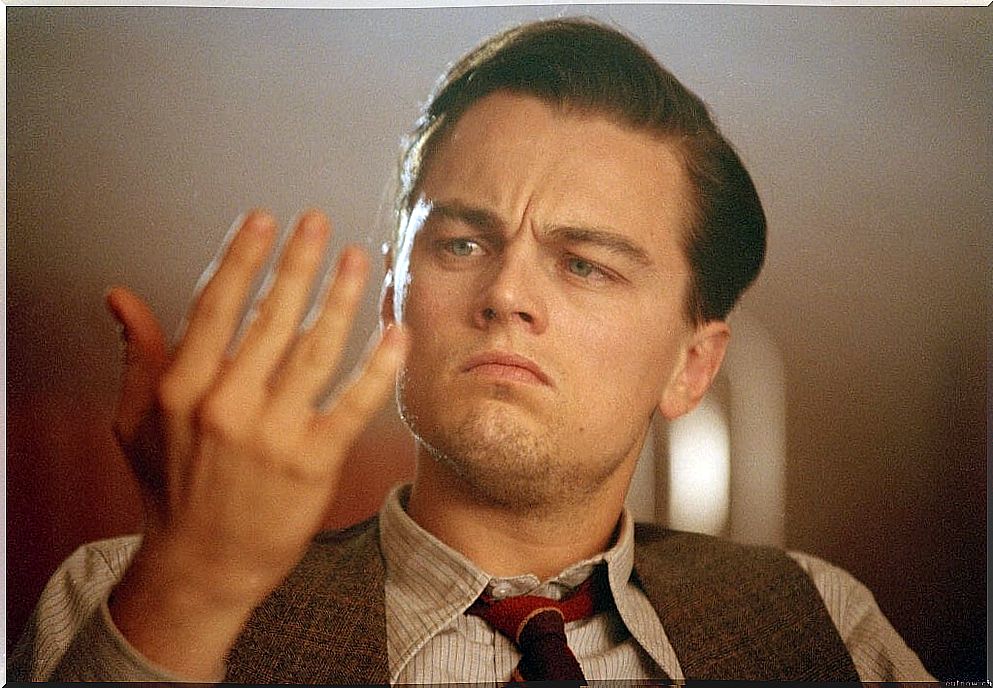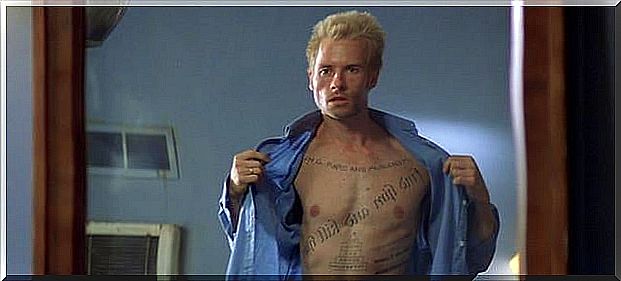Psychopathology And Cinema, Reality Or Fiction?

Psychopathology has been very present in the history of the seventh art. Endless films have told us stories related to psychologists, psychiatrists and, above all, people who suffer from a mental disorder. Even when the storyline is not psychopathology, the science of psychology is present behind each character.
The truth is that the descriptions that are made about psychological disorders, their symptoms or the relationship established between the patient and the professional are not always accurate. Sometimes, the search for the element of surprise, that which induces a feeling of intrigue and mystery, leads screenwriters, directors and actors to move away from the bases and science, showing a distorted image of what they want to represent.
Discrepancies to achieve the surprise factor
It is understood that sometimes it is necessary to “curl curly curls” so that the spectacular nature of the events impacts the audience, who, on the other hand, go to the cinema in search of sensations rather than knowledge in most cases. However, there are discrepancies in three main aspects:
- Violence and aggressiveness are associated with mental illness too many times to achieve that degree of excitement and spectacularity. Many movie characters who have a psychological problem are shown as aggressive, sadistic and with a dark side that has nothing to do with what actually happens to them. Thus, this favors the appearance of social stigma regarding the dangerousness of this type of people, although statistically it is far from reality.
- There are different diseases collected in psychopathology manuals whose similar limits are intermingled and the diagnostic borders are overlapped. For example, borderline personality disorder is confused with bipolar disorder or in the latter, depressive and manic episodes are not adequately reflected. Even in some movies love is shown as a cure for the disorder.
- The image of the therapist is represented in a distorted way. The psychiatrist Pilar de Miguel explains that in the cinema the professional is given a very good or very bad treatment. On the other hand, they tend to be unable to set boundaries with their patients.

Even so, there are films from which good work and accurate documentation can be learned and appreciated. However, in some cases this need to seek drama and the enhancement of stories and feelings is understood. Perhaps what the viewer has to keep in mind is that a film is still a representation and not reality itself.
Better … impossible
Better … impossible is the film that we all associate with obsessive compulsive disorder (OCD), which sins of mixing the symptoms of OCD with the personality of the protagonist.
Melvin’s irascible character can generate the erroneous idea that those who suffer from this disorder have the same personality characteristics, but we must separate those unpleasant traits from the symptoms of obsessive compulsive disorder such as the severe rituals of cleaning, symmetry and repetition that he shows us the movie.
After your premiere, a large part of the viewers associated obsessive compulsive disorder with unpleasant and moody people, as well as that with a little love and good friendship the symptoms can remit or even disappear. It is understood that it falls within the aforementioned script licenses, but neither the first is true, much less the second.

The Aviator
The film The Aviator by Martin Scorsese tells us about the life of millionaire, producer and businessman Howard Hughes, a character played by Leonardo DiCaprio.
From the point of view of psychopathology, this film accurately shows us the development and evolution of obsessive compulsive disorder. It all begins with a childhood marked by a mother’s fear that her son will fall ill, going through a youth full of eccentricities and manias until an adulthood marked by obsessions and compulsions.
In the film we can see Howard Hughes’s terror of germs. He carried his soap everywhere and compulsively washed his hands until they bled to avoid getting infected.
At that time there was no definition of disorder as such, so it was never treated. However, all the symptoms that accompany him and the suffering that he generates (perfectly reflected in the film) indicates that he suffered from it almost certainly.

Memento
Before talking about Christopher Nolan’s film and its successes, we must explain what anterograde amnesia consists of. Unlike the well-known retrograde amnesia, that is, forgetting things from the past, this disorder is mainly characterized by the inability to learn and memorize new things. The person with anterograde amnesia forgets everything that happens at the same time that it happens because they are not able to store the information in long-term memory. For her, nothing remains because she lives in great space-time disorientation. Every moment, it is the same point, over and over again.
Without revealing much about the film and its narrative structure, Memento fairly faithfully reflects the anguish and characteristics of the person who suffers from this manifestation of memory.
Through it we know the system created with notes, photos and tattoos by the protagonist to try to decipher the enigma from which the plot of the film starts. Your strategy is not to remember, but to confirm that you know what is presented to you. The director’s goal is to get the viewer to empathize with the protagonist, with his state of conscious bewilderment and it seems that he succeeds.
Perhaps Memento does not perfectly reflect anterograde amnesia but it is capable of keeping us in that situation of uncertainty and bewilderment typical of the protagonist.

As we can see, cinema, beyond mere entertainment, is an open door to knowledge, reflection and empathy thanks to its stories and characters. Drinking from other people’s experiences, even through fiction, is something that is at our fingertips. Now, if what we want is to know in greater depth the world of psychopathology, the ideal thing is to find out through manuals and specialists.
Bibliography
Images of madness. The psychopathology in the cinema of Beatriz Vera Poseck. Squid Editions. Madrid, 2006









